In the ever-evolving world of blockchain technology, a new paradigm is emerging—modular blockchains. As networks like Ethereum push the limits of scalability, security, and decentralization, developers are rethinking the traditional “monolithic” approach to blockchain design. The result? A shift toward modular architecture, which aims to improve performance, reduce costs, and enhance flexibility.
In this article, we’ll break down what modular blockchains are, how they differ from monolithic ones, and why they’re gaining serious traction in 2025 and beyond.
What Are Modular Blockchains?
A modular blockchain separates the core functions of a blockchain—execution, settlement, consensus, and data availability—into distinct layers or modules. This allows each layer to specialize and optimize for its specific task rather than trying to do everything at once.
The 4 Key Functions of a Blockchain:
Execution: Processes transactions and runs smart contracts.
Consensus: Validates blocks and agrees on the state of the network.
Settlement: Finalizes and records transactions.
Data Availability: Ensures transaction data is accessible for verification.
In a modular design, these components can live on separate layers, improving performance and enabling plug-and-play functionality.
Modular vs Monolithic Blockchains
Feature Monolithic Blockchain Modular Blockchain
Definition Handles all core functions in a single layer Splits core functions across multiple layers
Examples Bitcoin, Solana Celestia, Ethereum (post-rollup-centric roadmap)
Scalability Limited by internal architecture Highly scalable due to specialization
Flexibility Difficult to upgrade Modular and adaptable
Developer Focus Generalized design Customizable layers for use cases
Monolithic blockchains like Bitcoin or Solana combine all functions into one stack. This provides simplicity but can lead to performance bottlenecks. In contrast, modular blockchains separate concerns—allowing each layer to scale independently and evolve faster.
Why Modular Blockchains Are Rising in 2025
1. Scalability at the Core
Rollups and Layer 2s are proof that offloading certain responsibilities (like execution) can drastically improve performance. Modular blockchains take this further by restructuring the entire ecosystem for scalability.
2. Developer Flexibility
With modular architecture, developers can build custom chains using preferred layers. For example, they might use Celestia for data availability and roll their own execution environment.
3. Composability & Interoperability
Modular blockchains are designed to work well together, opening the door to new ecosystems of highly specialized chains that communicate seamlessly.
4. Security and Decentralization
Because layers can inherit security from a common base (like Ethereum or Celestia), developers don’t have to sacrifice decentralization for scalability.
Real-World Examples of Modular Blockchain Projects
Celestia
Celestia is the first modular blockchain focused purely on data availability and consensus. It allows developers to build their own execution layers on top, making it a key player in the modular revolution.
Ethereum (Rollup-Centric Roadmap)
Ethereum is evolving into a modular blockchain through its embrace of Layer 2 rollups (Arbitrum, Optimism, zkSync). Execution moves off-chain, while Ethereum settles and secures the network.
Polygon Avail
Polygon Avail is a modular data availability layer built to support sidechains and rollups, helping them scale without relying solely on Ethereum L1.
Fuel Network
Fuel is a high-performance modular execution layer, specifically designed for Ethereum rollups, enabling blazing-fast transactions and rich smart contract capabilities.
How Modular Architecture Benefits Developers and Users
For Developers:
Build faster with plug-and-play layers
Focus on application logic, not infrastructure
Use best-in-class components (e.g., Celestia for DA, Fuel for execution)
For Users:
Lower gas fees
Faster transactions
Better user experience (UX) from scalable design
Potential Challenges
Despite the promise, modular blockchains also face hurdles:
Complex UX: Navigating between layers may confuse non-technical users
Security risks: If one layer fails or is compromised, the whole system can be affected
Fragmentation: Too many specialized layers could create ecosystem silos if not designed interoperably
However, these are being actively addressed by teams working on bridging solutions, wallet integrations, and standardized APIs.
What’s Next for Modular Blockchains?
As 2025 unfolds, modular blockchains are expected to become the new standard for scalable decentralized infrastructure. We can anticipate:
Wider adoption of rollups and custom execution layers
Increased deployment of app-specific chains
Enhanced tooling for building, monitoring, and bridging modular networks
Institutional interest in custom-tailored modular chains for finance, gaming, and logistics
Modular blockchains represent a transformative step in blockchain design. By separating concerns and optimizing each layer individually, they offer a scalable, flexible, and secure foundation for the next generation of Web3 applications.
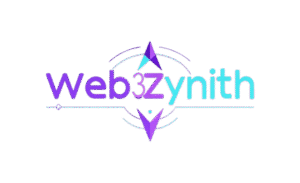


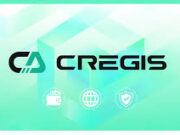









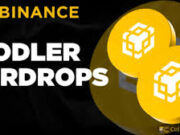
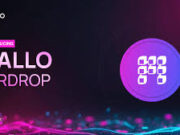
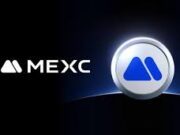

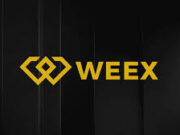




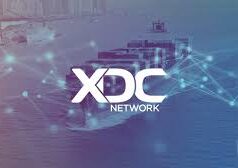





Splitting up tasks like execution and storage makes so much sense for scaling. Great read!
Will have to read again. Not getting it yet. But good info though
Pretty new, but gold